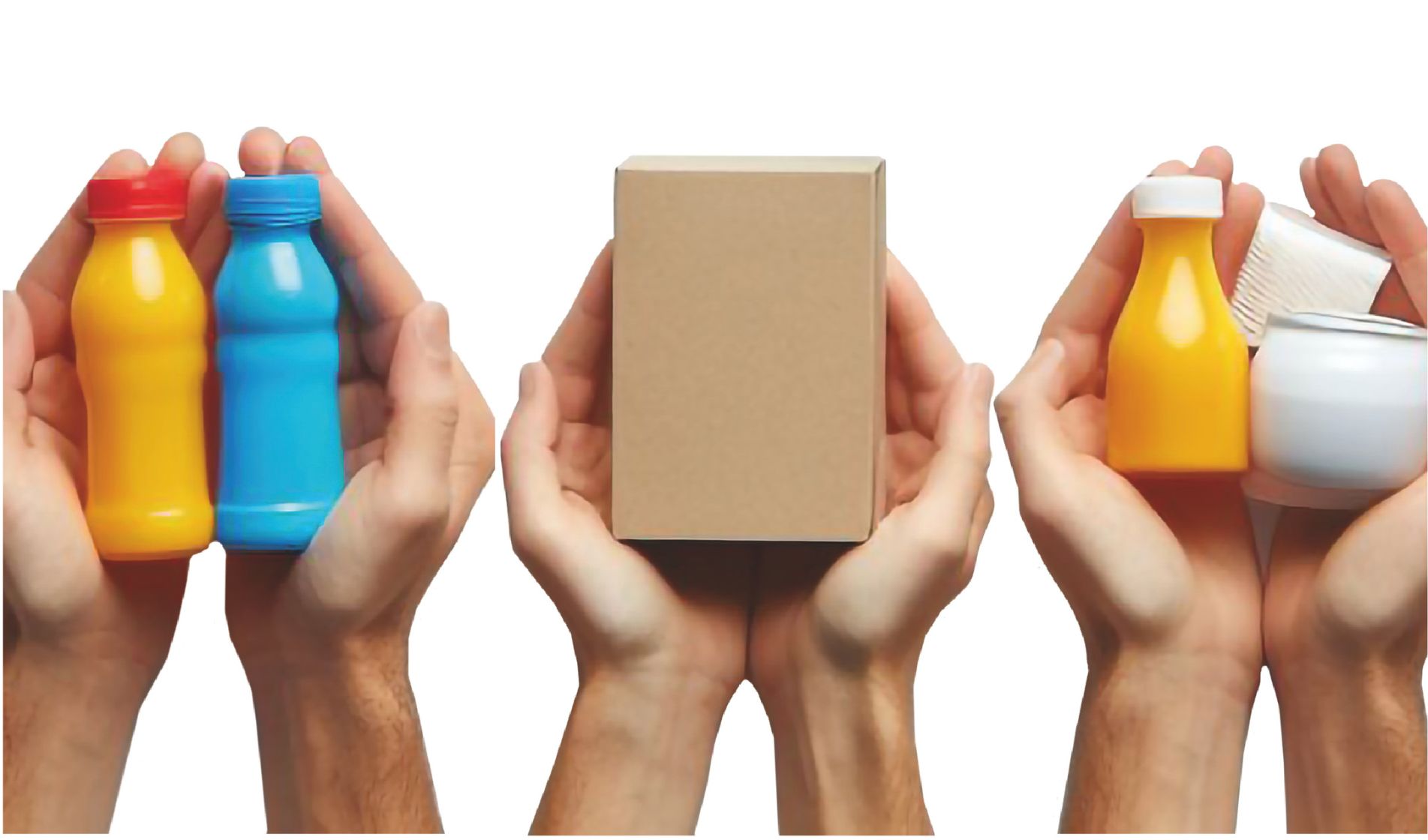Paper, cardboard and cardboard in the lead. Cellulose materials are the protagonists in the packaging mix of the companies that participated in the Pack Around 2024 survey. The data is in line with a European trend that has seen a significant shift in recent years towards the use of paper and board at the expense of plastics, with the third potential competitor - bioplastics - not yet having had sufficient time to establish itself. It should be noted, however, that despite a strong shift and increase in the use of cellulose materials, the data showing that 95% of companies use paper and board packaging also includes all the secondary packaging that completes and integrates the packaging system, without necessarily replacing primary packaging, which, especially in the food, pharmaceutical and cosmetics sectors, must guarantee barrier properties that cellulose materials themselves cannot currently guarantee, unless they are bonded or subjected to special treatments. It is therefore not surprising that the second most commonly used material is the flexible polymeric material, followed by the multi-layer flexible material, which can combine plastic film, metal film and cellulose materials to provide barrier properties. The presence of rigid plastic packaging in the form of bottles and jars for food, personal care and home care products is also very significant. The data collected generally show high and well-distributed percentages of presence in all types of packaging, including self-adhesive paper and film labels, which are essential elements of the packaging system of many segments, from food to wine, from personal and home care to pharmaceuticals. Also present in significant percentages are aluminium and other metals, glass, non-flexible coupled multi-materials, heat-shrink or sleeve labels, packaging specifically designed for e-commerce and, last but not least, wood packaging, typical of the Wine & Spirits and high-end segments.
In terms of investment in the development of different types of packaging from those used in the past, or in the optimisation of current packaging, the research provides a picture that is in line with the main trends of the moment. These include recycling, reduction (both in terms of weight, i.e. using less material, and in terms of eliminating superfluous and non-essential elements, i.e. over-packaging) and transition to materials from renewable sources.
In fact, a very large majority of the companies surveyed are planning investments to produce packaging in recycled or recyclable materials, to reduce the weight of packaging - a process that requires a balance between reducing the material used and maintaining the optimal mechanical and functional characteristics of the packaging - and to eliminate over-packaging. Significant investment is also beginning to be seen in the use of bio-based materials, in optimising shapes and sizes from a logistics and shelf positioning perspective, and in extending the life of packaging by working on solutions that can be refilled and reused several times before disposal. It is encouraging to note the low percentage of respondents who are not interested in innovation, confirming that the packaging sector has historically been very proactive and dynamic.






.jpg)
